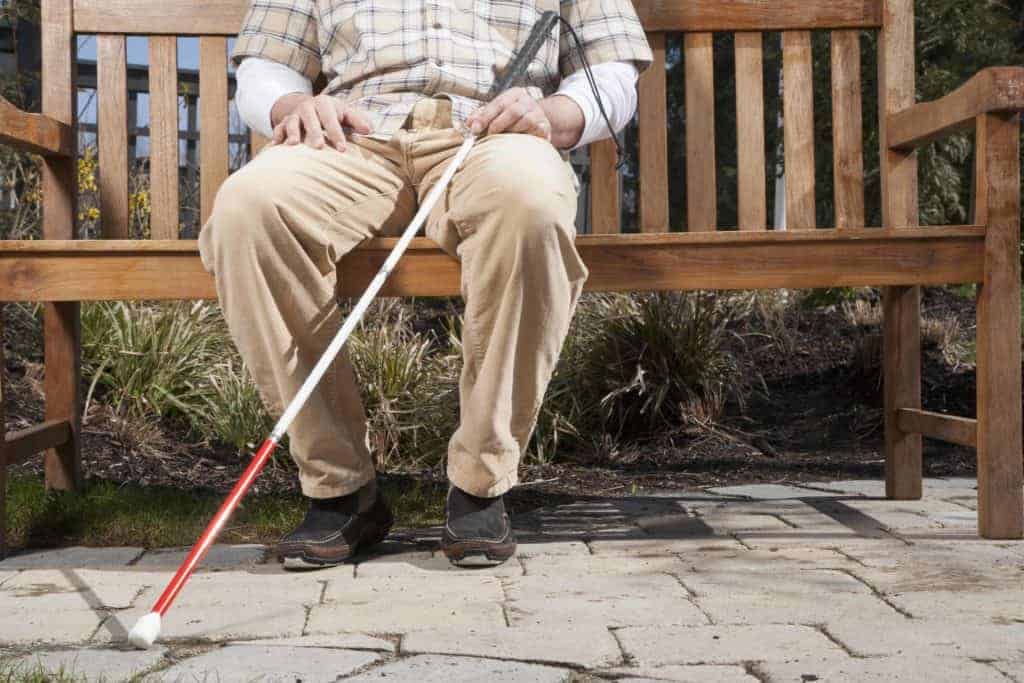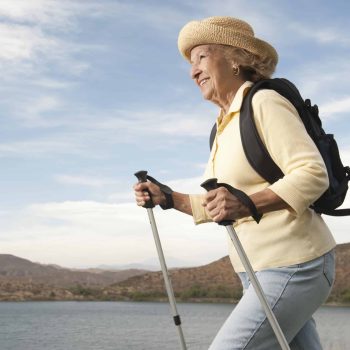

Mobility & Disability
What Causes Gait and Posture Problems In Seniors?
SonderCare Learning Center

SonderCare Learning Center
What Causes Gait and Posture Problems In Seniors?
One experience that affects the mobility and lifestyle of many seniors is problems with gait and posture. These issues are often an inevitable part of aging, but the attenuating issues – muscle weakness, loss of balance, an increased risk of falls, and social isolation – do not have to be.
“Gait” is a person’s pattern of walking involving the balance and coordination of muscles. They work together to propel the body forward in a rhythm called the stride. When the coordination and balance are off, the result can be what’s called an abnormal gait. It can take several forms, including:
Most changes in gait have an underlying medical cause and should not always be thought of as an inevitable consequence of aging. Most gait and balance disorders involve multiple contributing factors, including inner ear disorders, arthritis, stroke foot conditions, neurologic conditions, orthostatic hypotension, and even poorly-fit shoes.
Medical conditions associated with gait and balance disorders include pain, dyspnea, imbalance, diminished strength, limited range of motion, poor posture, decreased sensory perception, fatigue, deformity, and reduced awareness of and ability to manage hazardous surroundings.
Many gait problems result from caring for other medical issues. Recent surgery or hospitalization and other acute medical illnesses may lead to gait and balance disorders. Specific medications and using four or more of them can lead to gait disorders and an increased rate of falls.
Our bones, muscles, and joints are part of the musculoskeletal system that defines our postural stability. The backbone is a complex system of vertebra bones, joint-like spaces called intervertebral discs, and muscles. Over time, the back can curve forward as these lose their structural integrity, creating a stooped posture.
One factor behind spinal curvature is how the intervertebral discs change with age. Separating each vertebra is gelatin-like cartilage; as we get older, these discs harden with the inevitable result of the compressed total length of the spine and a forward tilt called kyphosis. It’s considered a normal part of aging.
Osteopenia and osteoporosis can also lead to posture issues in the elderly. These are conditions characterized by a loss of calcium in the bones, producing a little (osteopenia) or a lot (osteoporosis) of bone density. It’s a condition that begins in women at menopause and men around the age of 65. There can be a slight reduction in the size of less dense bones in the spine, contributing to posture issues.
Changes in gait patterns are a chief cause of falls in seniors. Any fall can exacerbate a current medical condition or create new ones, affecting the daily living habits of seniors. They may even reduce their own social or physical routines due to a fear of falling again.
Posture and gait problems are also associated with increased morbidity (having a specific illness or condition), mortality (death occurring due to an illness or condition), and reduced levels of function. Posture issues, too, can lead to a reduced range of motion, affecting how well seniors can move about independently.
Poor posture can create negative feedback in seniors, causing back pain, headaches, joint pain, and muscle stiffness. It can also affect one’s breathing, digestion, circulation, and overall organ function.
While posture and gait changes are inevitable with age, there are many ways to manage these issues. Strength training, physical therapy, aerobic exercise, and proper nutrition are all ways to slow down the problems related to walking and posture. They or their loved ones can also change bedding, stairs, and entranceways to accommodate the physical changes.
It’s a necessary health concern to raise with doctors, too. Physicians caring for seniors should inquire at least once a year, about falls, asking questions related to any difficulties with gait, balance, and posture.
Parkinson’s disease, arthritis, neck and back difficulties, orthopaedic disorders, peripheral neuropathy, and peripheral artery disease are just a few of the illnesses that can cause gait and balance impairments.
Major clinical conditions that affect the neurological system can also alter balance. Among these are Parkinson’s disease, Alzheimer’s disease, and Multiple Sclerosis. Furthermore, arthritis, heart difficulties, and some drugs used to treat chronic conditions can all lead to shakiness in elders.
Sensory ataxia (18%) and parkinsons (16%) gait problems were the most frequently diagnosed causes, followed by frontal (8%), cerebellar ataxic walking disorders, hesitant gait, and hypotonic paretic, spastic, vestibular, and dyskinetic gait abnormalities.
beds that help posture problems in seniors, how to improve senior posture and sleep, therapeutic bed for seniors with gait and posture issues
Start Exploring Mobility & Disability With SonderCare
Are you recently discharged from hospital, experiencing mobility issues, or in need of palliative or senior care? Enjoy a smoother recovery and get the luxury you deserve by choosing our home hospital products. Contact us today to discuss home hospital beds, mattresses, stand assist chairs and other accessories to make your home hospice perfect for a truly comfortable experience.
Are you looking for the most recent articles on physical disability resources? Browse our latest resources below and let us know if you have any questions. We’re here to support you as you embark on your road to home medical care.
Seeking The Best Care For Your Loved One?
Browse North America's Luxury
Mobility & Disability
Product Inventory